This article was medically reviewed by Lacy Windham, MD and by wikiHow staff writer, Hannah Madden. Lacy Windham, MD, is a Board-Certified Obstetrician & Gynecologist in Cleveland, Tennessee. Dr. Windham attended medical school at the University of Tennessee Health Science Center in Memphis. Her residency was completed at Eastern Virginia Medical School in Norfolk, Virginia. She was the recipient of multiple awards during her residency training, including Most Outstanding Resident in Maternal Fetal Medicine, Most Outstanding Resident in Oncology, Most Outstanding Resident Overall, and Special Award in Minimally Invasive Surgery.
wikiHow marks an article as reader-approved once it receives enough positive feedback. This article has 36 testimonials from our readers, earning it our reader-approved status.
This article has been viewed 4,510,933 times.
If you’re on your period and you're experiencing a dull ache or sharp pain in your abdomen, you probably have menstrual cramps. These uncomfortable cramps are caused by your uterus contracting to shed its inner lining and help the blood flow.[1] While menstrual cramps can range from mildly unpleasant to downright painful, there are a few things you can try to reduce your cramps in the moment and over time.
Steps
Expert Q&A
-
QuestionHow will I know if I am having primary or secondary dysmenorrhea?
 Carrie Noriega, MDDr. Noriega is a Board Certified Obstetrician & Gynecologist and medical writer in Colorado. She specializes in women’s health, rheumatology, pulmonology, infectious disease, and gastroenterology. She received her MD from the Creighton School of Medicine in Omaha, Nebraska and completed her residency at the University of Missouri - Kansas City in 2005.
Carrie Noriega, MDDr. Noriega is a Board Certified Obstetrician & Gynecologist and medical writer in Colorado. She specializes in women’s health, rheumatology, pulmonology, infectious disease, and gastroenterology. She received her MD from the Creighton School of Medicine in Omaha, Nebraska and completed her residency at the University of Missouri - Kansas City in 2005.
Board Certified Obstetrician & Gynecologist Primary dysmenorrhea means that no cause for the cramps can be found, while secondary dysmenorrhea means that a specific condition was found that is causing the cramping. If you are having tests done to look for the cause of dysmenorrhea then you will know if you have primary or secondary dysmenorrhea when all of the tests are finished.
Primary dysmenorrhea means that no cause for the cramps can be found, while secondary dysmenorrhea means that a specific condition was found that is causing the cramping. If you are having tests done to look for the cause of dysmenorrhea then you will know if you have primary or secondary dysmenorrhea when all of the tests are finished.
References
- ↑ https://www.plannedparenthood.org/learn/health-and-wellness/menstruation/what-can-i-do-about-cramps-and-pms
- ↑ https://www.mayoclinic.org/diseases-conditions/menstrual-cramps/diagnosis-treatment/drc-20374944
- ↑ https://www.nhs.uk/conditions/period-pain/
- ↑ https://medlineplus.gov/periodpain.html
- ↑ https://www.nhs.uk/conditions/period-pain/
- ↑ https://medlineplus.gov/periodpain.html
- ↑ https://www.acog.org/womens-health/faqs/dysmenorrhea-painful-periods
- ↑ https://www.mayoclinic.org/diseases-conditions/menstrual-cramps/diagnosis-treatment/drc-20374944
- ↑ https://www.pcrm.org/good-nutrition/nutrition-information/using-foods-against-menstrual-pain
- ↑ https://www.mayoclinic.org/diseases-conditions/menstrual-cramps/diagnosis-treatment/drc-20374944
- ↑ https://www.plannedparenthood.org/learn/health-and-wellness/menstruation/what-can-i-do-about-cramps-and-pms
- ↑ https://www.plannedparenthood.org/learn/health-and-wellness/menstruation/what-can-i-do-about-cramps-and-pms
- ↑ https://www.acog.org/womens-health/faqs/dysmenorrhea-painful-periods
About This Article
To reduce menstrual cramps, apply a heating pad to your lower abdomen or back, which will relax the contracting muscles that are causing your cramps. You can also try gently massaging your abdomen while lying down to help alleviate some of the pain. Even sipping on some raspberry, chamomile, or ginger tea can help, but make sure it's not caffeinated or you could make your cramps worse. If your cramps persist, try taking an over-the-counter anti-inflammatory like ibuprofen. To learn how you can reduce menstrual cramps with birth control or hormone injections, scroll down!
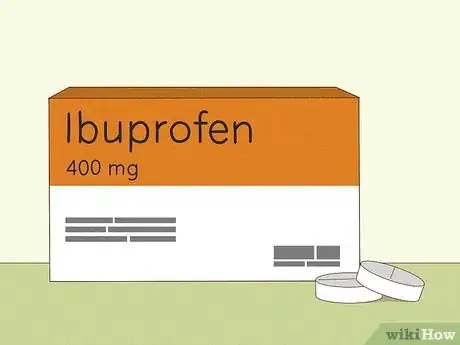


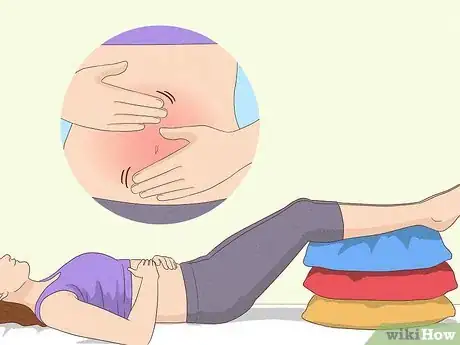


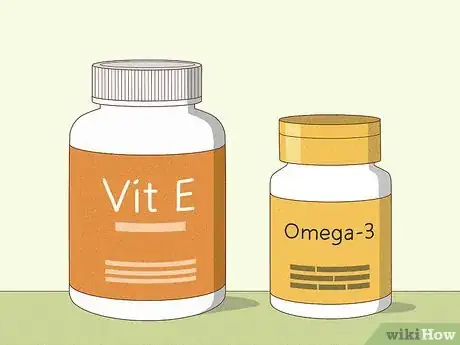
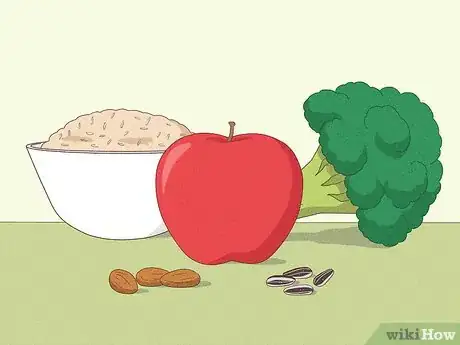
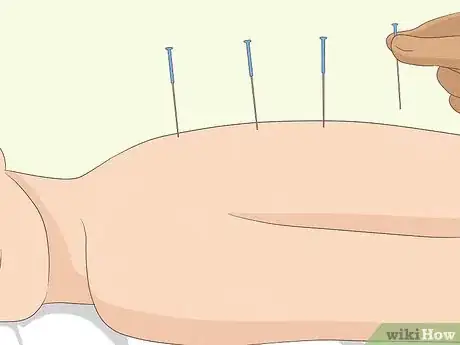


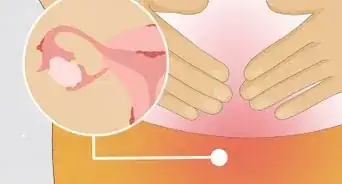
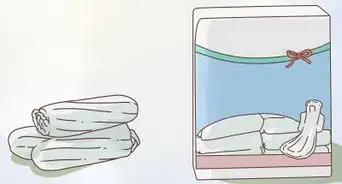
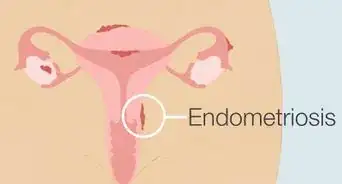




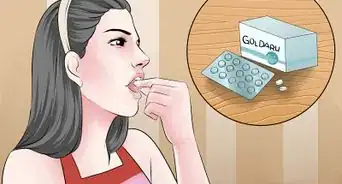













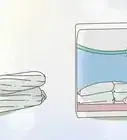




































Medical Disclaimer
The content of this article is not intended to be a substitute for professional medical advice, examination, diagnosis, or treatment. You should always contact your doctor or other qualified healthcare professional before starting, changing, or stopping any kind of health treatment.
Read More...